But once we started running out of things to be curious about here on Earth, we began to look outwards into the infinity of space. Our quest continues to find new things and to satisfy our passion for more information. That’s how we ended up observing and “visiting” other planets far from home. One such place is Venus, a truly intriguing planet, which also happens to be not too far from Earth. Read on to discover 25 Fascinating Planet Venus Facts that will enlighten you about our nearest celestial neighbor. It got its name from the Greek goddess of beauty and love, known as Aphrodite. The Romans called her Venus in Latin. Additionally, Venus (just like Earth) has a solid surface you can walk on, a comparable surface composition, an atmosphere, and a weather system. Keep in mind that the surface of our beautiful planet is only estimated to be 100 million years old. In other words, Earth is still a baby compared to Venus. The light from the sun takes about six minutes to reach Venus. By contrast, light from the sun takes roughly eight minutes to reach Earth. The planet has an apparent magnitude of -3.8 to -4.6, which makes it potentially visible even on a bright, clear day. Interestingly, although Mercury is closer to the sun, Venus is the hottest planet in the solar system. Mercury is the second hottest. To get an idea of how hot it is there, the temperature on Venus (462°C) is enough to melt lead! For that matter, the surface of Venus experiences no temperature variations at all. Everywhere you go on the entire planet, the temperature basically feels like you’re in hell (in other words, it’s hot … really hot). This is known as a retrograde rotation and may have been caused by a collision with an asteroid or another object, which caused the planet to change its rotational path. Furthermore, Venus’ orbit is the most circular compared to the rest of the planets in our solar system. This means that any small asteroids “invading” the atmosphere are quickly crushed by the enormous pressure. It also explains why there are no small surface craters on the planet. A logical explanation as to why this happens is that Venus has no solid inner core, or that its core is not cooling. The winds there are faster than the wildest tornado or hurricane on Earth. Even though Venus is the planet that comes closest to Earth as it sweeps by on its orbit, Mercury stays the closest to Earth the longest, according to new scientific observations. Sorry to disappoint you, but we wouldn’t be able to see much (or anything at all) as dense clouds always cover the skies of the planet. They’re so dense that you can’t even see the sun. Due to the ridiculously high temperatures on the planet’s surface, none of the plants or animals that live on Earth could survive on Venus. Thus, the hot planet has been visited and explored by more than 40 spacecraft from planet Earth. Before that, another Soviet spaceship named Venera 3 had crashed into the planet in 1966. Due to the planet’s extreme heat and hurricane-force winds, there have been few space quests in that direction. This reference goes back to antiquity when some ancient cultures thought that Venus was two distinct stars appearing in the sky. The legendary Greek mathematician Pythagoras was the first to discover that these “two” bright stars happened to be the same object. The Greeks called Venus “Phosphorus” when it was visible during daylight and “Hesperus” when it was visible at sunset. This means that there is not much difference between its equatorial and polar diameters. New studies show that Venus may have once had a shallow ocean as well as habitable surface temperatures. Keep in mind that when we say “once,” we mean something like two billion years ago. Astronomers have been able to count more than 1,600 major volcanoes or volcanic features on Venus, while there are also many smaller volcanoes. While there are planets that have numerous moons – Jupiter has a crazy total of 63 moons – Venus has no moons at all. Venus and Mercury are the only two planets of the solar system without a single natural moon orbiting them. When Venus is between the sun and Earth, it has a new phase. When it is behind the sun, the planet is in full phase. Friday! How does this work? Well, the English word “Friday” has its roots in the Anglo-Saxon word Frigedaeg, which means “Venus day.” (Friga is Venus and dae is day.) Interestingly, most days of the week are named after Roman gods or celestial bodies. Images and data from the Venus Express spacecraft (2007) have shown that lightning occurs often on Venus. In fact, lightning is way more common on Venus than on Earth. In Earth’s case, this process lasts 24 hours. However, on Venus, things are a “little” different. Due to its very slow rotation, a single Venus day lasts as long as 117 Earth days. The workaholics who don’t have enough time on Earth would love it there, huh?

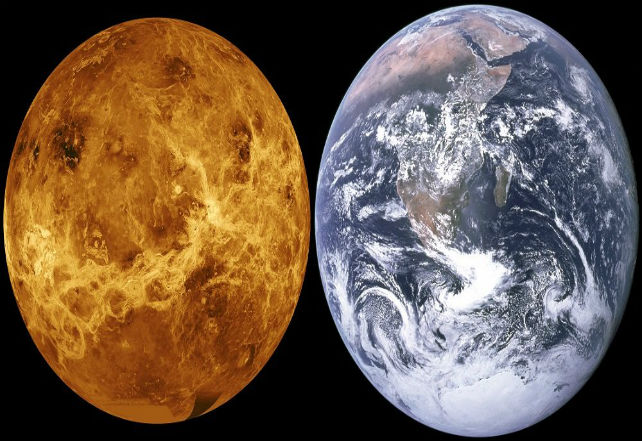
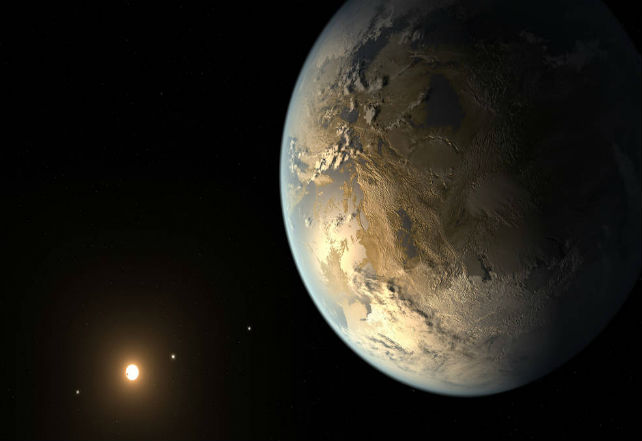
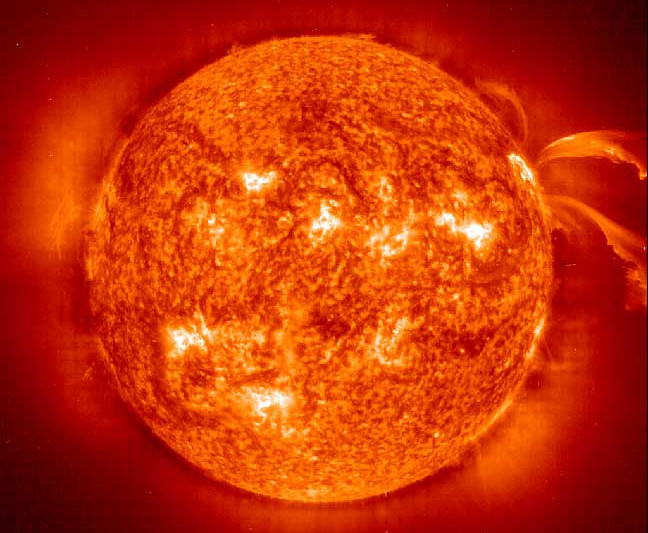
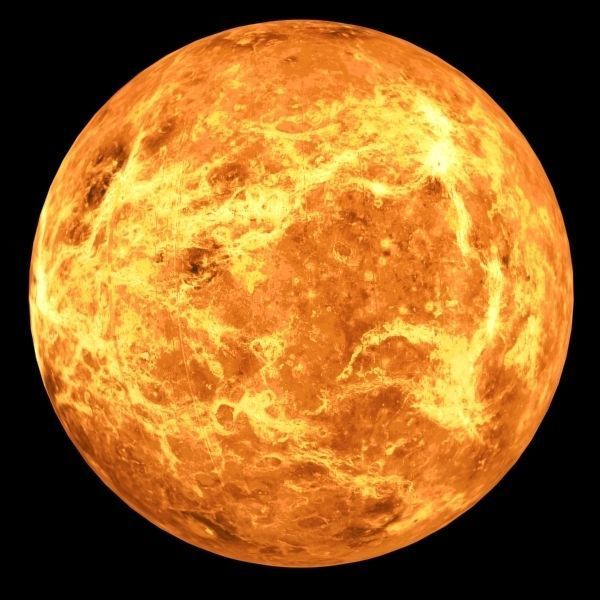

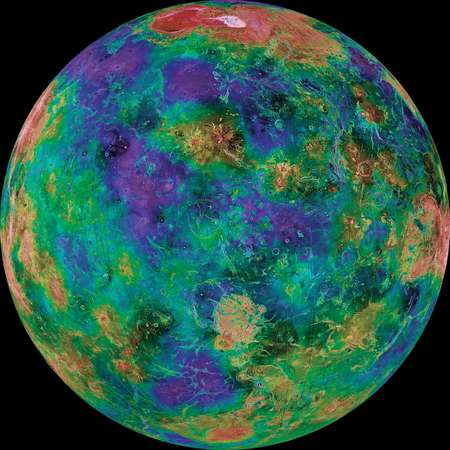


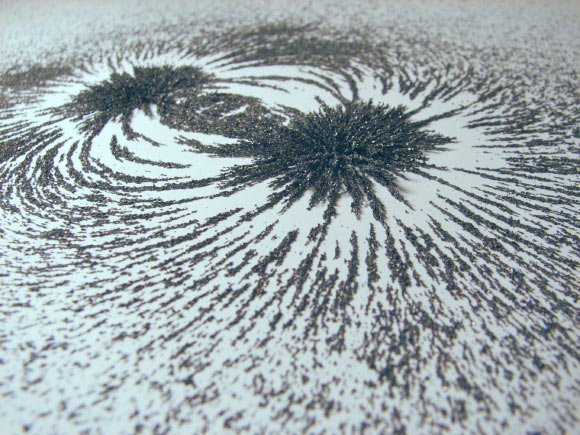
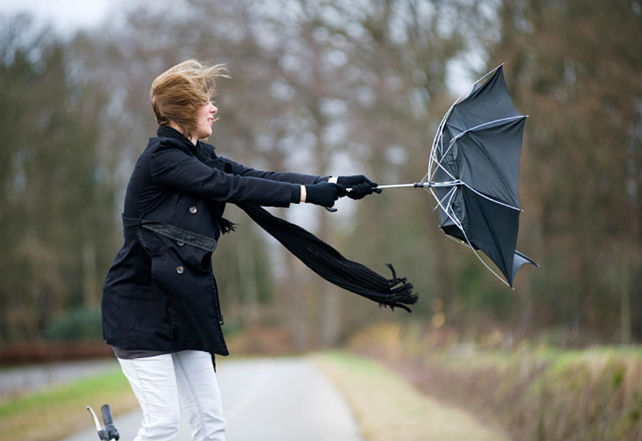
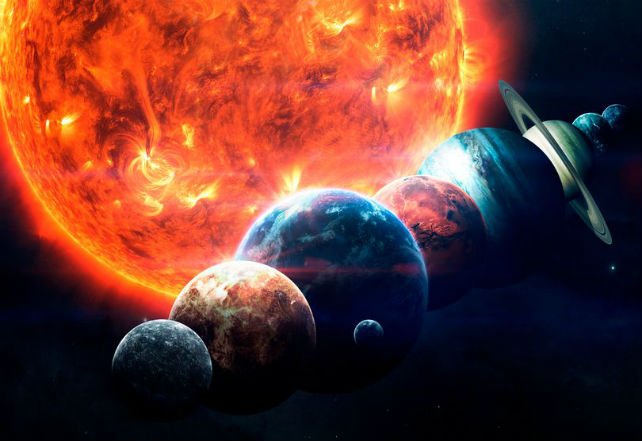


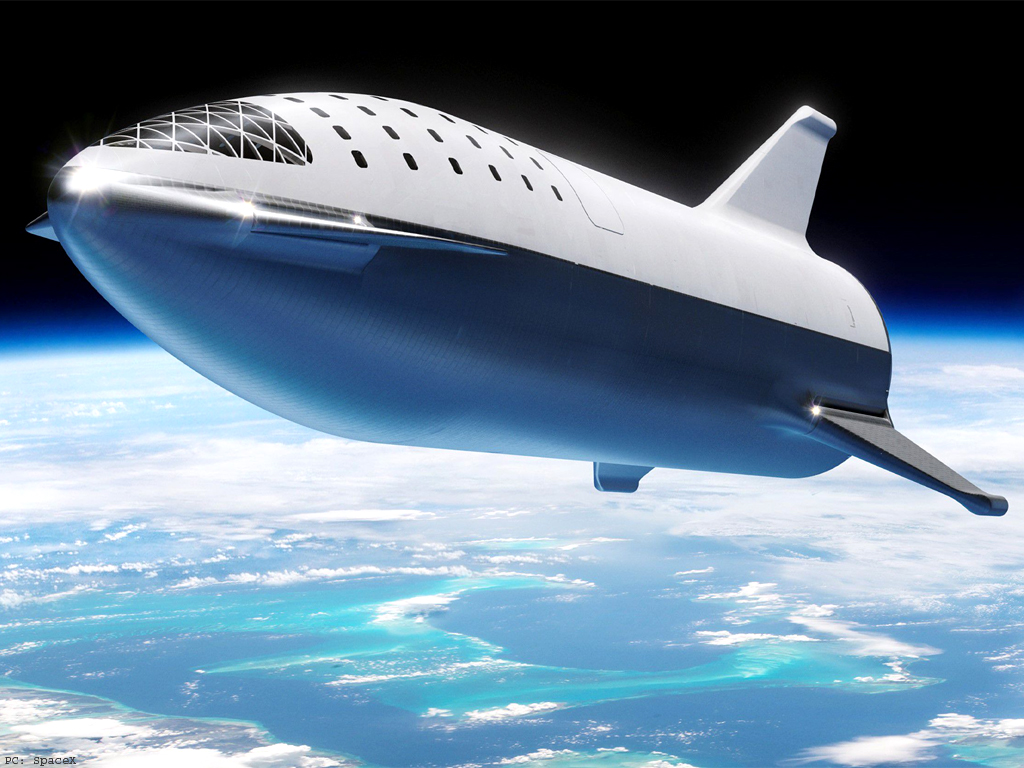

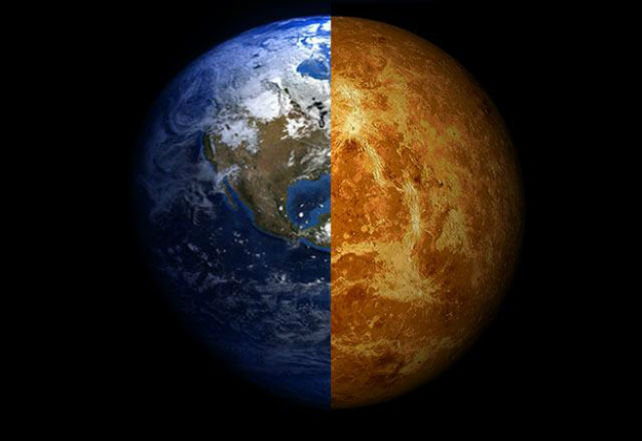
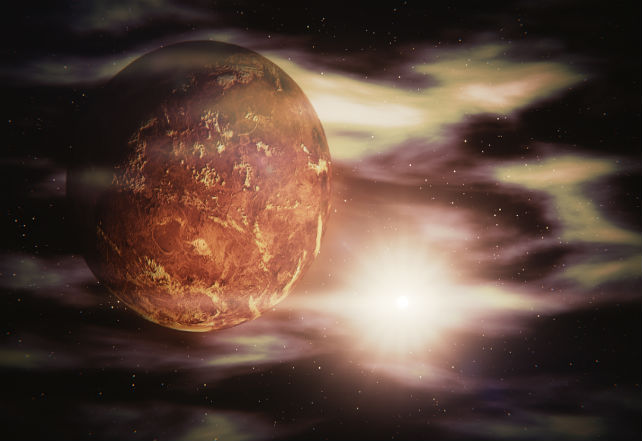
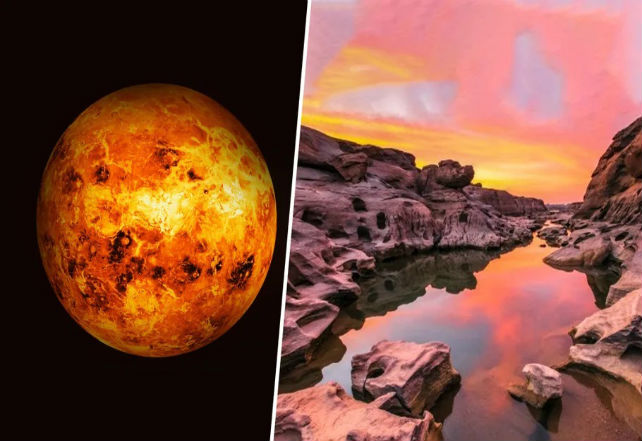

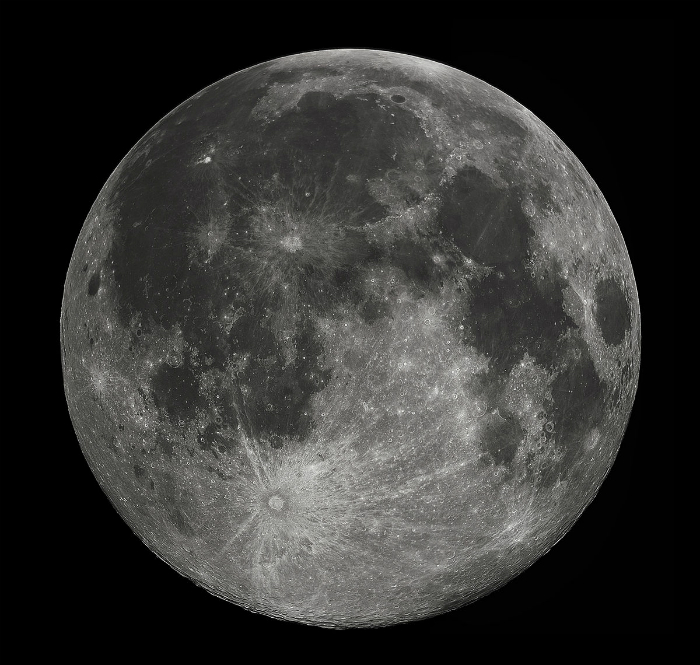
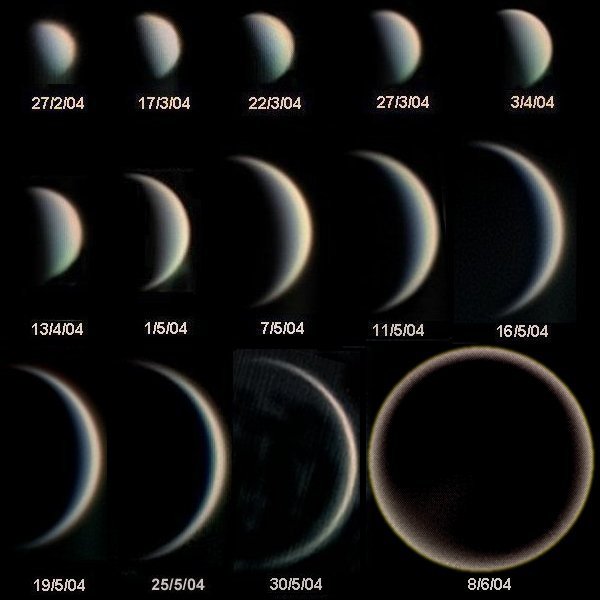

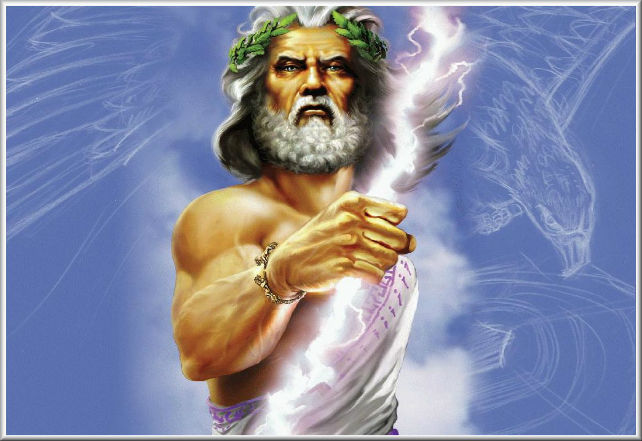
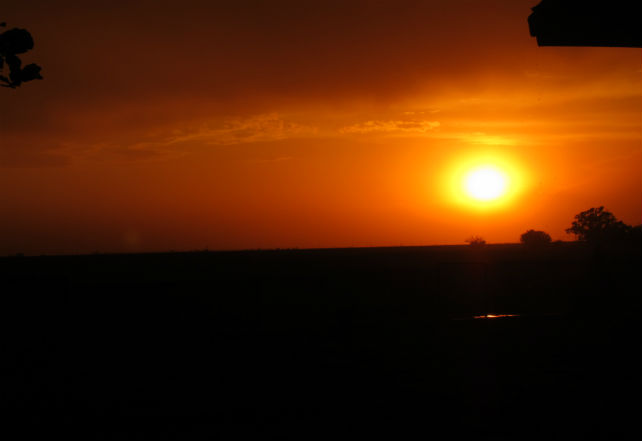































title: “Top 25 Things Everyone Should Know About The Planet Venus List25” ShowToc: true date: “2023-05-16” author: “Christopher Dunbar”
But once we started running out of things to be curious about here on Earth, we began to look outwards into the infinity of space. Our quest continues to find new things and to satisfy our passion for more information. That’s how we ended up observing and “visiting” other planets far from home. One such place is Venus, a truly intriguing planet, which also happens to be not too far from Earth. Read on to discover 25 Fascinating Planet Venus Facts that will enlighten you about our nearest celestial neighbor. It got its name from the Greek goddess of beauty and love, known as Aphrodite. The Romans called her Venus in Latin. Additionally, Venus (just like Earth) has a solid surface you can walk on, a comparable surface composition, an atmosphere, and a weather system. Keep in mind that the surface of our beautiful planet is only estimated to be 100 million years old. In other words, Earth is still a baby compared to Venus. The light from the sun takes about six minutes to reach Venus. By contrast, light from the sun takes roughly eight minutes to reach Earth. The planet has an apparent magnitude of -3.8 to -4.6, which makes it potentially visible even on a bright, clear day. Interestingly, although Mercury is closer to the sun, Venus is the hottest planet in the solar system. Mercury is the second hottest. To get an idea of how hot it is there, the temperature on Venus (462°C) is enough to melt lead! For that matter, the surface of Venus experiences no temperature variations at all. Everywhere you go on the entire planet, the temperature basically feels like you’re in hell (in other words, it’s hot … really hot). This is known as a retrograde rotation and may have been caused by a collision with an asteroid or another object, which caused the planet to change its rotational path. Furthermore, Venus’ orbit is the most circular compared to the rest of the planets in our solar system. This means that any small asteroids “invading” the atmosphere are quickly crushed by the enormous pressure. It also explains why there are no small surface craters on the planet. A logical explanation as to why this happens is that Venus has no solid inner core, or that its core is not cooling. The winds there are faster than the wildest tornado or hurricane on Earth. Even though Venus is the planet that comes closest to Earth as it sweeps by on its orbit, Mercury stays the closest to Earth the longest, according to new scientific observations. Sorry to disappoint you, but we wouldn’t be able to see much (or anything at all) as dense clouds always cover the skies of the planet. They’re so dense that you can’t even see the sun. Due to the ridiculously high temperatures on the planet’s surface, none of the plants or animals that live on Earth could survive on Venus. Thus, the hot planet has been visited and explored by more than 40 spacecraft from planet Earth. Before that, another Soviet spaceship named Venera 3 had crashed into the planet in 1966. Due to the planet’s extreme heat and hurricane-force winds, there have been few space quests in that direction. This reference goes back to antiquity when some ancient cultures thought that Venus was two distinct stars appearing in the sky. The legendary Greek mathematician Pythagoras was the first to discover that these “two” bright stars happened to be the same object. The Greeks called Venus “Phosphorus” when it was visible during daylight and “Hesperus” when it was visible at sunset. This means that there is not much difference between its equatorial and polar diameters. New studies show that Venus may have once had a shallow ocean as well as habitable surface temperatures. Keep in mind that when we say “once,” we mean something like two billion years ago. Astronomers have been able to count more than 1,600 major volcanoes or volcanic features on Venus, while there are also many smaller volcanoes. While there are planets that have numerous moons – Jupiter has a crazy total of 63 moons – Venus has no moons at all. Venus and Mercury are the only two planets of the solar system without a single natural moon orbiting them. When Venus is between the sun and Earth, it has a new phase. When it is behind the sun, the planet is in full phase. Friday! How does this work? Well, the English word “Friday” has its roots in the Anglo-Saxon word Frigedaeg, which means “Venus day.” (Friga is Venus and dae is day.) Interestingly, most days of the week are named after Roman gods or celestial bodies. Images and data from the Venus Express spacecraft (2007) have shown that lightning occurs often on Venus. In fact, lightning is way more common on Venus than on Earth. In Earth’s case, this process lasts 24 hours. However, on Venus, things are a “little” different. Due to its very slow rotation, a single Venus day lasts as long as 117 Earth days. The workaholics who don’t have enough time on Earth would love it there, huh?























































